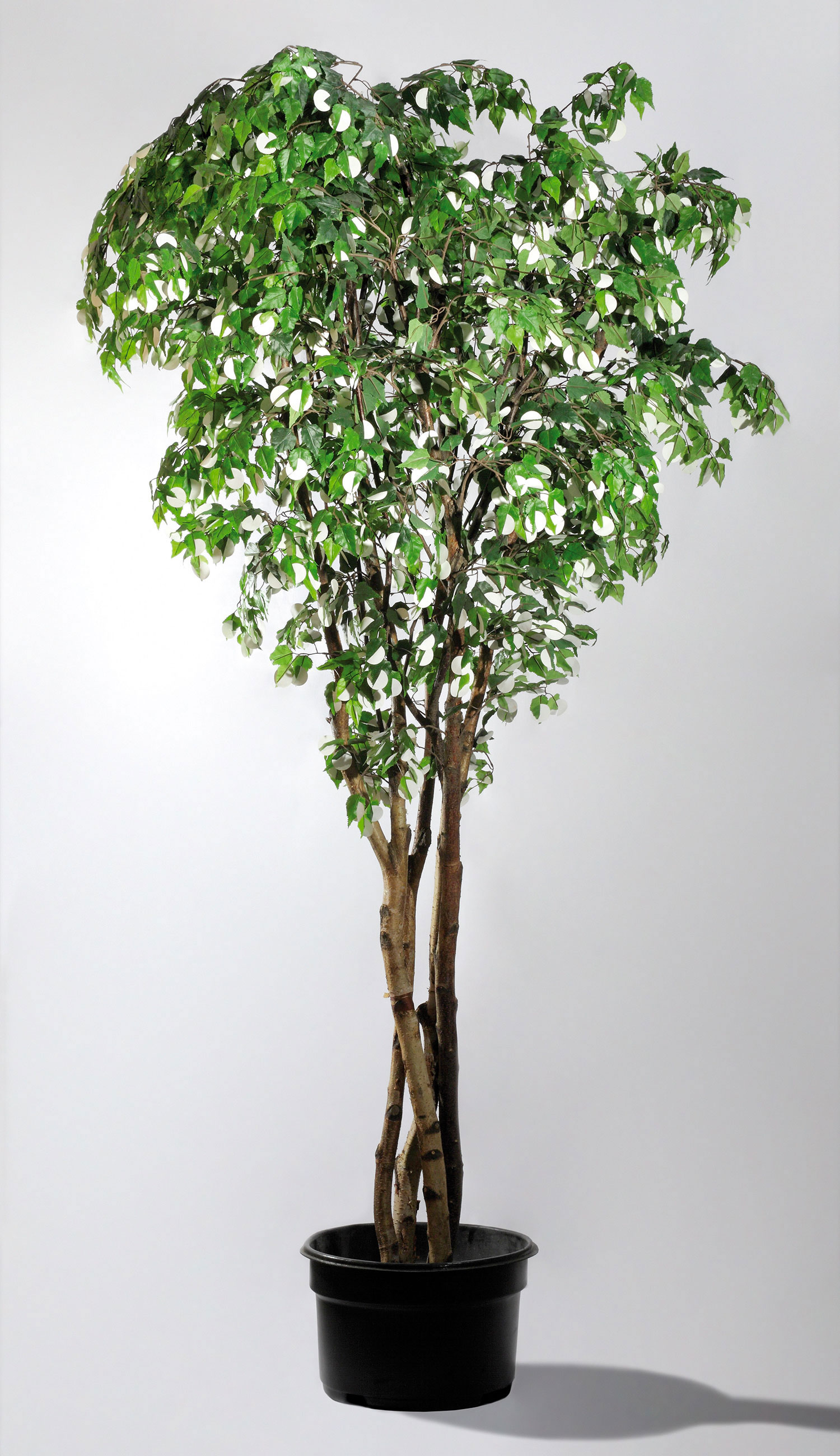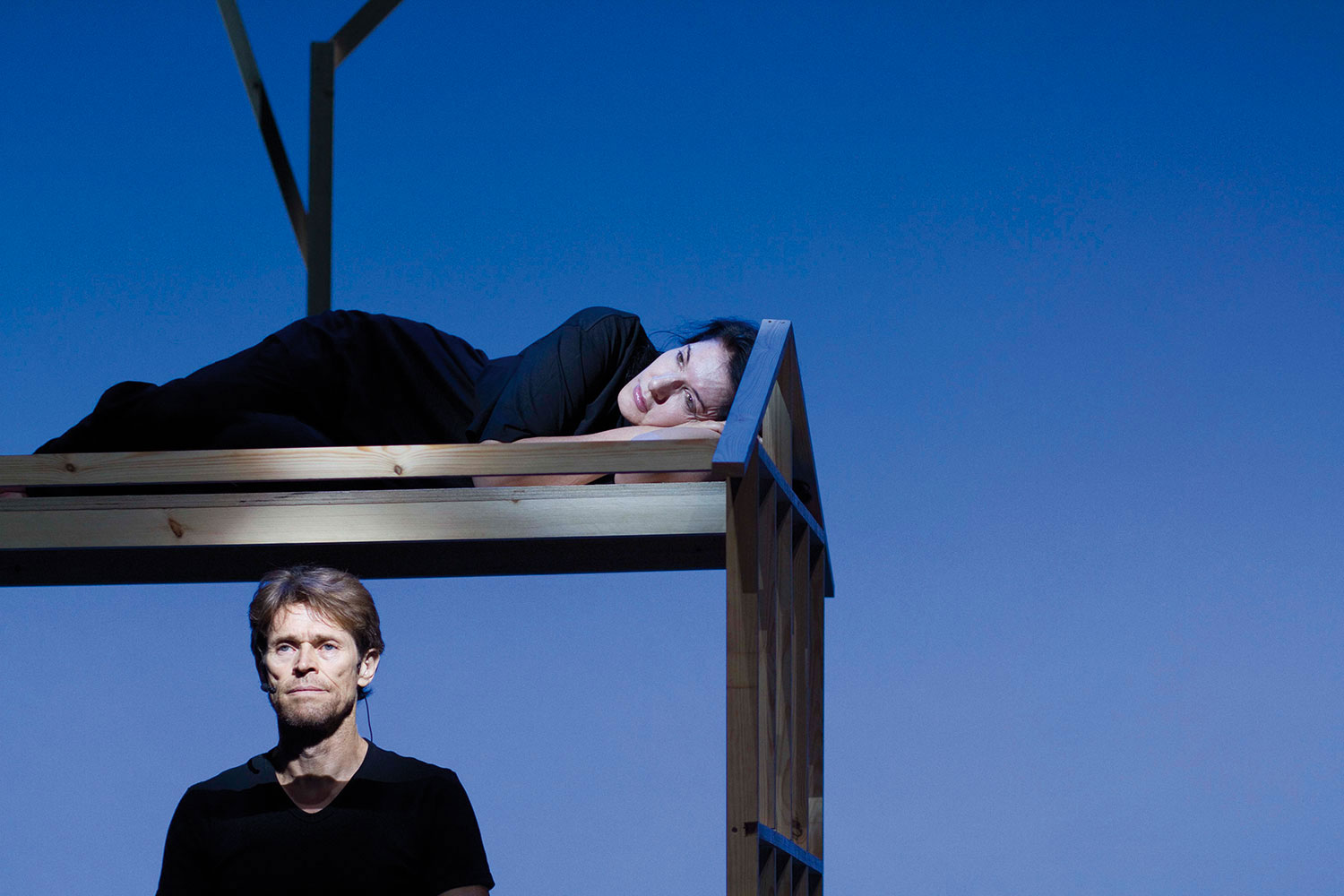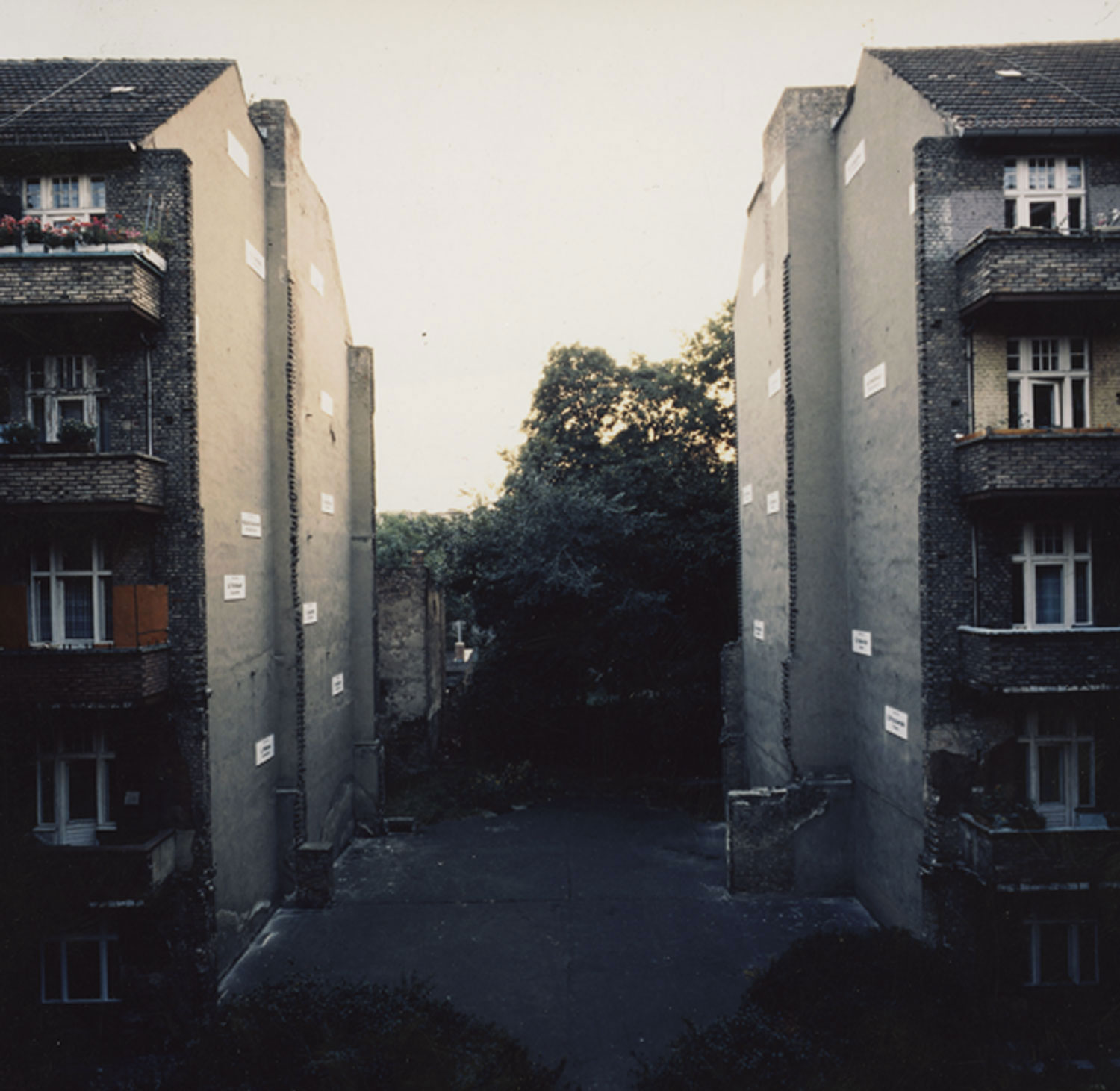
There is a point in an artist’s life when she has to start thinking about leaving. It is not necessary to stop working: it is more about what will remain as her legacy in relation to her works and beliefs.
For me, the education of young artists has always been part of my work. I have always wanted to give unconditional experience to the younger generation. Creating dialogue with this generation gives me a sense of the spirit of the times we are living in, and keeps me in touch with reality. I always saw this as a fair exchange. When I started my work as a performance artist in former Yugoslavia, nobody even thought at that time that it was art. A completely new language and a new system of rules had to be created. It took me more than 35 years to get to a place in which performance as an alternative form of art could be transformed into mainstream art.
My generation of performance artists stopped performing by the end of the ’70s. Only a few of us are still here. To keep performing art is so emotionally and physically demanding that it is not easy to continue for a long period of time. At the moment, all my attention goes toward establishing a legacy that will permit performance art to continue growing and developing.
Performance art is a time-based art, but her character is immaterial. And because of her nature it is so difficult to be understood or collected. My legacy will be to establish two performance art centers on two continents simultaneously, one in Cetinje, Montenegro, Europe, and one in Hudson, New York, United States. Recently the new president of Montenegro and the minister of culture decided to transform the old fridge factory Obod in Cetinje — built during Tito’s communist regime — into the Marina Abramović Community Center Obod (MACCO). This will be a place of production, presentation, distribution and development of different art forms like performance art, dance, theater, opera, film, video, music as well as a space dedicated to architecture, science and new technologies. Obod was founded to produce refrigerators for all of former Yugoslavia, and remains a perfectly preserved example of the ideals of communism, industrialism and modernism that were so circumspectly situated next to the centuries-old libraries, palaces, monasteries and mountains that make Montenegro such a compelling geographic location. The entire factory occupies 180,000 square meters and is in the middle of Cetinje, which was the capital of the old kingdom of Montenegro.
In the Venice Biennale, the Montenegro pavilion will showcase the model of the factory and the plans for its future functions.
I see MACCO as a sister organization to MAI, the Marina Abramović Institute for the Preservation of Performance Art in Hudson, which I am developing at the moment. The Hudson institute has a space of more than 21,000 square meters, and the main goal is to develop and present long-duration performance works in the fields of dance, theater, music and film. This will be a unique center of its kind in the world. After workshops and premieres, each of the works produced will eventually tour to other venues, and I hope that my legacy will keep performance and time-based arts an always living, changing and transforming art form.




